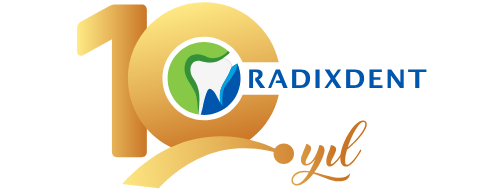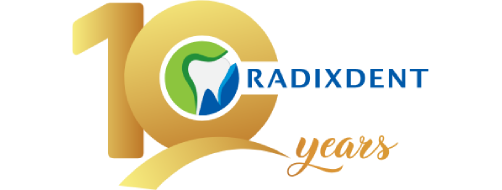444 68 41
يمكننا الاتصال بك على الأرقام التالية.
- 0544 868 68 41 Çekmeköy
0542 468 68 41 Kartal - info@radixdent.com.tr
العلاج بالليزر
علاج الليزر
Laser Therapy
Type of laser varies and is named depending on the type of crystal used. These crystals used in laser device not only give the name for laser but also determines wavelength of laser. Lasers that are mainly used in dentistry are as follows; Nd YAG laser, diode laser, Erbium laser, CO2 laser and KTP laser. Field of use varies by wavelength.
What is laser dentistry?
Laser applications have long-standing history in medicine. Laser energy, which was used for tooth bleaching and soft tissue operations until recently, is now used for many other purposes. Both hard tissue and soft tissue operations are easily performed with new dental laser that works with principle of hydrokinetic energy, which combines atomized water sprays with laser energy. Some examples include dental caries, canal treatments, dental fillings/restorations, all kinds of jaw bone and gingival surgeries, shaping of gum, aesthetic dental treatments, management of sensitive teeth, lightening dark discoloration and treatment of herpes and aphthae.
In addition, laser facilitates surgical steps in implant treatment and time is also saved. Laser therapy can be preferred for patients in every age group, who have dental phobia, since it does not cause vibration in hard tissue and does not require anesthesia in minor interventions. Ability to perform surgeries on soft tissue with no bleeding and rapid healing rate is also significant advantage. Treatment of pediatric patients is especially facilitated. Since energy of laser beams can be adjusted and it targets decayed tissue selectively, it is possible to complete treatment with minimal loss of substance. Laser Applications in Dentistry. Bonding strength of restoration is 100% influenced, if tooth surface is near perfectly roughened to prepare tooth for porcelain veneer. Laser dentistry generally shortens duration of treatment and ensures more successful outcomes with less effort. One should not confuse the laser applications with composite restorations that are hardened with visible light source, colloquially known as laser filling.
Advantages and Fields of Use of Laser Application
New generation lasers enable touch-free intervention to teeth and other tissues. Therefore, it may be unnecessary to anaesthetize tooth since there will be no pain arising out of heat, vibration or friction. Laser beam combines with the water that discharges from the tip of device (hydrokinetic energy) and is transmitted to the tissue. For implant treatments, the surgical intervention (gum is opened and implant is exposed) is facilitated, which is necessary to manage superior structure (fixed tooth), and time is saved. Risk of recurrent infection and tooth decays is eliminated since laser-application site is completely (100%) disinfected and sterile conditions are fully met. Almost no bleeding occurs during the procedure in laser surgeries. Risk of complication, swelling and discomfort, which applies to all surgical interventions, reduces and a faster healing is achieved. Better outcomes are obtained in very short time with laser bleaching. Heavy purple discoloration (hyperpigmentation) can be eliminated with laser peeling in 3 or 4 sessions. It is used for treatment of soft tissue and sores on gum. Fibromas in mouth (benign formations in tissues) can be managed with laser. In aesthetic dentistry, teeth surfaces are abraded with laser, before porcelain veneers, empress crowns and procera crowns are bonded. This procedure reduces risk of fall for crowns.




